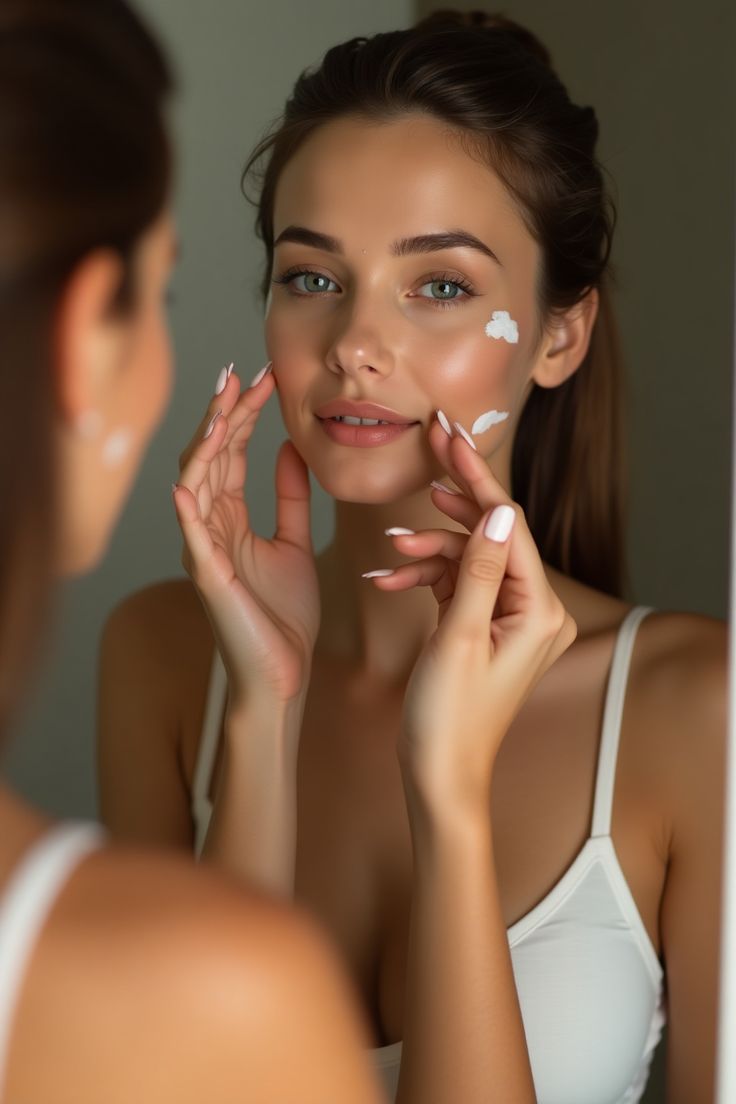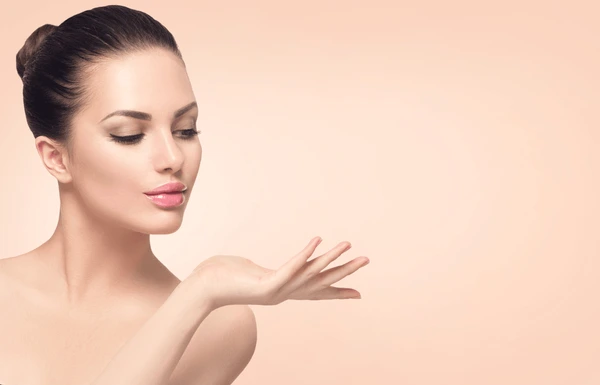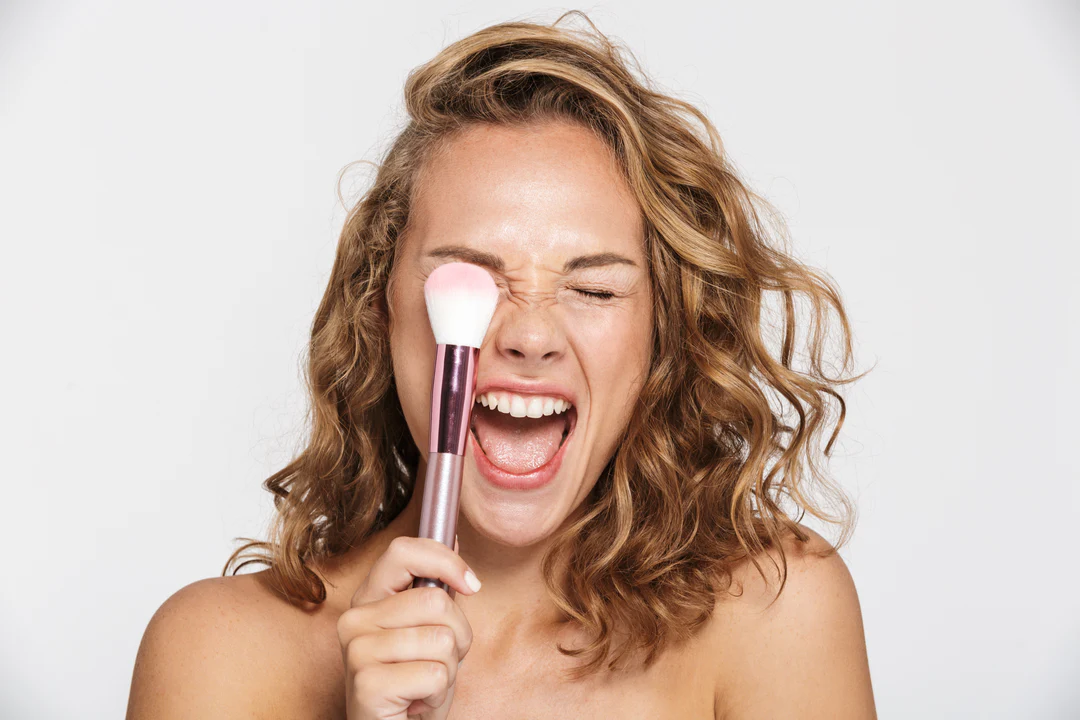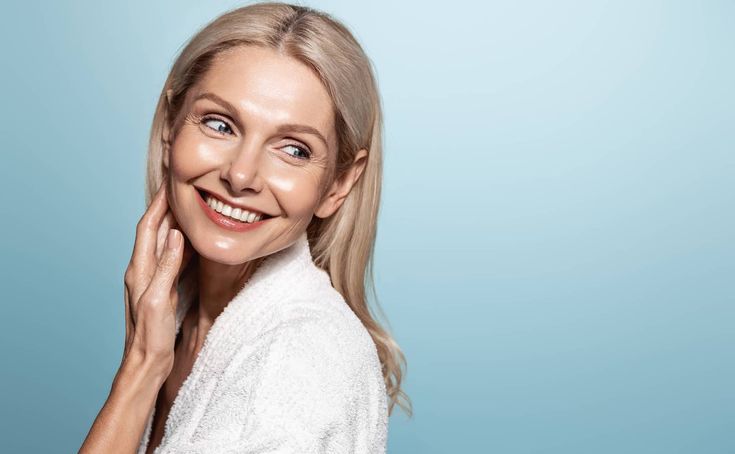The cosmetic industry in 2019 is worth $532 billion! Huge brands like Estee Lauder, L’Oréal, and Coty are dominating the market for beauty products, and smaller, but just as competitive brands keep entering the market with superior products of their own. All this means that the beauty industry keeps on growing. And it is only expected to grow further!
Each day, these giant beauty brands experiment and innovate to bring in better, longer-lasting, and safer makeup and personal care products for consumers. From breathable nail paints to press-on eye shadow kits, cosmetic companies keep innovating and growing every day.
Consumer demand seems to be growing too. With new marketing strategies and the use of bloggers and influencers to drive sales, cosmetic brands have managed to reach broad audiences of all ages. Companies are starting to become more responsible, with a number of them going cruelty-free and adopting environmentally-friendly packaging.
The cosmetic company is a giant that is here to stay. But its presence and success require other supporting industries too. One of the most significant ingredients in all cosmetic products is cosmetic-grade, high-quality oil, without which, the cosmetic industry won’t be able to thrive.
Basic Ingredients in Cosmetics.
Your eye shadow palette, your mascara, and your lipstick are all a mixture of different ingredients that give them the properties of thickening your lashes, highlighting your eyes, and adding color to your lips, respectively. These ingredients are essential for cosmetics manufacturing, its functioning, and lengthening its shelf-life. Let’s look at some of the most common ingredients that are utilized in every cosmetic product today.
Carmine: A prized secretion of cochineal insects found in Africa, South America, and Europe, Carmine is perhaps one of the most common pigments used in the cosmetics industry. Bright red in color, it is used in lipsticks, blushes, and eye shadow powders.
Pigments: There are countless pigments used in the beauty industry. Made from either organic material, such as carmine, or inorganic material, the pigments are used to give color to your makeup. Your foundation, lipsticks, and makeup powders are all constituted of pigments. Some common pigments include ultramarine, chromium, iron oxides, etc.
Albumen: Albumen is the chemical name for egg-whites. It helps to keep the product constricted in dry form, making it a crucial ingredient in all compressed powders, bronzers, blushes, and eyeshadows.
Plastics: Plastics are not only used in the packaging and storing of cosmetic products but also in the manufacturing of gels and hairsprays.
Simethicone: Simethicone is an important compound used in the manufacturing of makeup because it helps airdrops leave the compound.
Squalene: Squalene is obtained from shark liver oil, and is used in sunscreens, lipsticks, and moisturizers.
Sodium Chloride: Strange, right? Table salt is also widely used in cosmetics to bind ingredients together that don’t usually mix well. It also has a bubbling, foaming property, making perfect for use in shampoos and bath salts.
Pearl Essence: Pearl essence is used to give cosmetic products a particular shine and gloss. Made from a combination of mica and titanium dioxide, pearl essence is what makes your brand new lipsticks and pallets shine.
Oil: Oils are extensively used in cosmetic products for their hydrocarbon molecule, which helps give the cosmetics plasticizer, anti-static, and viscosity features. Mineral oil, vegetable oils, and butter are all important ingredients in your cosmetics, and they’re present in some quantity or concentration in the skincare products that you use daily. Skincare items like moisturizers and lotions have a sentential amount of oils in the mix. While highly refined mineral oil is still very much in use, cosmetic brands have started using vegetable and seed oils in the mix too.
Common Oils Used in Cosmetics
Besides being used in the manufacturing of makeup products, oils on their own have become a pretty big deal these days. Skincare routines are encouraging people to apply face oils that are specially formulated from seed oils. These face oils are loaded with healthy fats and minerals necessary for good skin. Many moisturizers and creams have high concentrations of oils, and oils are also used in hair care products such as serums, conditioners, and shampoos.
The choice of oil depends on the function that you want the product to fulfill. For skincare products, coconut oil, rose oil, and avocado oil are popular choices, while hair care products have greater concentrations of castor oil and argan oil.
Some of the most common oils in use in the cosmetic industry include:
Castor Oil
Castor oil is made from the fruit of a plant abundantly grown in Africa. It is said to have anti-inflammatory properties and was used by people from the Egyptian civilization to get supple, glowing skin. Today, the oil is a major ingredient in almost everything cosmetics-related, such as skin foundations, sunscreens, shampoos, specially formulated hair oils, and serums.
Castor oil is especially popular in the hair care industry because of its relevance in promoting hair growth and its great hair moisturizing properties. Castor oil is loaded with vitamins and fatty acids that may help to solve skin problems such as wrinkles, acne, and other skin diseases like eczema and dermatitis.
Castor oil is a heavy oil, though, and should be diluted to make the consistency less thick. It is also used in mascaras because of its consistency and also to promote lash growth.
Hemp Seed Oil
Hemp seed oil is identified by the World Health Organization as a natural antioxidant and is rich in protein. In fact, 23% of hemp seed oil consists of proteins, and it contains all of the amino acids that the skin needs to stay healthy and nourished, making it a popular ingredient in lotions, moisturizers, and foundations.
Hemp seed oil also penetrates deep into the skin. Many products are only effective at the outer layer of the skin, but hemp seed oil actually seeps through the layers and is capable of making a more significant difference there. It helps keep a healthy balance of lipids to water and also helps maintain the pH levels of the skin. In addition to all this, hemp seed oil acts as a protectant and protects the skin from the external elements.
For its antioxidant properties, it is often used in skin-soothing lotions. Pure, pressed, and high-quality hemp seed oil is also used in anti-aging creams as the ingredients can penetrate through the skin and work their magic from the inside out.
Argan Oil
Argan oil is extracted from the kernels of the argan tree and is widely used in skincare products, eye makeup, lipstick, and suntan products. It has astringent properties, making it a good candidate for use in makeup removers, toners, and cosmetic astringents.
The most common use of argan oil is perhaps in anti-aging creams and treatments. Pure argan oil is said to be 80% fatty acids. Wrinkles and sagging skin that accompany old age is basically caused because your body is unable to maintain a balanced production of fatty acids in the body. As the skin lacks the essential fatty acids now, this imbalance manifests itself in the form of wrinkles and other signs of aging on the skin. Argan oil can help make up for the oils that your body isn’t producing anymore. Thus, argan oil is the star ingredient of most anti-aging creams.
Because of the abundance of fatty acids in avocado oil, argan oil is also used in a lot of hair oils, shampoos, and conditioners because of its hair moisturizing properties. Moroccan miracle oil is prized among the locals and is recognized all over the world in beauty products too.
Avocado Oil
People from early civilizations dating as far back as the Mayans and Aztecs used this fruit to plump up and nourish their skin. They used avocado pulp to hydrate and treat their skin and believed it to be the solution to a lot of their skin problems.
When avocado oil was first extracted, it was thought to be a great alternative to other animal-extracted oils like fish oil and turtle oil. Cosmetic manufacturers discovered that it had great penetration power, a high vitamin ratio, zero odor, and excellent preserving properties. Manufacturers started using it in all sorts of cosmetics, ranging from lipsticks, mascaras, eyeliners, and moisturizers, as it helped increase the shelf life of products.
Avocado oil is also a popular ingredient in hair masks, hair food, conditioners, and formulated oils for dry, brittle hair. This oil is often used on its own or combined with other oils to provide nourishment and luster to damaged hair.
Avocado also has superior penetrating properties, and it helps carry other ingredients along with it to the deeper layers of the skin. Of all the cosmetic oils, avocado oils are the most expensive and are often used by brands to establish themselves as ‘premium’ and ‘luxury’ brands.
Grapeseed oil
Grapeseed is a common food found in many homes. The oil extracted from its seed is gaining popularity among cosmetics manufacturers as it has shown some interesting features and promising results. Much like coconut oil, it is high in linoleic acid, but unlike coconut oil, it is non-comedogenic (does not clog pores).
Because of its antioxidant properties and non-comedogenic features, it is preferred for use in many moisturizers, creams, face washes, and skincare products for acne-prone skin. It doesn’t clog the pores, and thus, does not encourage more acne and pimples. It is also effective for acne scars and is a favorite among consumers with sensitive skin that is prone to outbreaks.
It is also used in under-eye creams, as it is known to brighten the skin under the eyes, no matter how dark the bags under your eyes are. It is rich in vitamin E, a common ingredient in expensive eye-creams.
Bergamot Oil
Bergamot oil is extracted from a plant and is most known for its extremely pleasant fragrance. It’s a very important ingredient in aromatherapy treatments and cosmetic products for the pleasant smell it lends to creams and cosmetics.
Bergamot oil is not just prized for its fragrance, though. It offers a lot more than just a nice scent. Bergamot oil has analgesic and anti-bacterial properties and is a pretty good ingredient to use in face creams and products for acne-prone and sensitive skin. It can help soothe and heal painful pimples, cysts, and zits.
Curly-haired people swear by bergamot’s ability to tame curls and leave them with healthy, bouncy, fragrant hair. Hair products specifically designed for curly-haired girls usually utilize this sweet-smelling oil in their formulations.
Mineral Oil
Mineral oil, the odorless and colorless oil that has long been a part of the cosmetic industry, is actually a huge part of many cosmetic products that we use on a daily basis. Pure, cosmetic-grade, mineral oil is most known for being an ingredient in the world-famous Vaseline petroleum jelly, but mineral oil is an important part of more cosmetic products that you might be aware of.
Mineral oil particles are big and do not penetrate the skin. Instead, they sit on the skin and form a layer over the skin. This makes this oil ideal for use in cold creams, baby lotions, and other skincare products, especially in hotter, tropical areas where stable mineral oil is very unlikely to react with anything that can cause breakouts on a person’s skin.
Grand Ingredints stocks all of these oils and more! Extracted and stored under the most stringent quality standards, all the oils at Grand Ingredints Oils are fine quality, cosmetic-grade oils,












